Have you ever wondered how much you should feed your Chihuahua? Is your Chihuahua getting fat even though you feed him according to the directions?
At the veterinary hospital where I work part-time, I see pets every day of all kinds. We see dogs and cats, of course, but we also treat hamsters, rats, rabbits, and even snakes, and turtles!
An Overweight Chihuahua is an Unhealthy Chihuahua
Undoubtedly the hardest part of my job is when a client comes in to say goodbye to their beloved pet. It breaks my heart every time.
But, the other thing that bothers me the most is when I see an overweight dog or cat! Especially an overweight Chihuahua!
I think most of us know that it is even more dangerous for a Chihuahua to be overweight than it is for other breeds. Why? Be sure to see: Help, My Chihuahua is too chubby, but he refuses to eat dog food! for more on that.
Dogs Don’t Know What’s Best For Them
Dogs don’t know what is best for them health-wise. It is in their DNA to eat to survive. They don’t know how much is too much. So it is up to you!
I could stand to lose a few pounds — okay, a lot of pounds, but I know what’s good for me and what’s not and I am solely responsible for that. But, your Chihuahua depends totally on you to keep him safe and healthy.
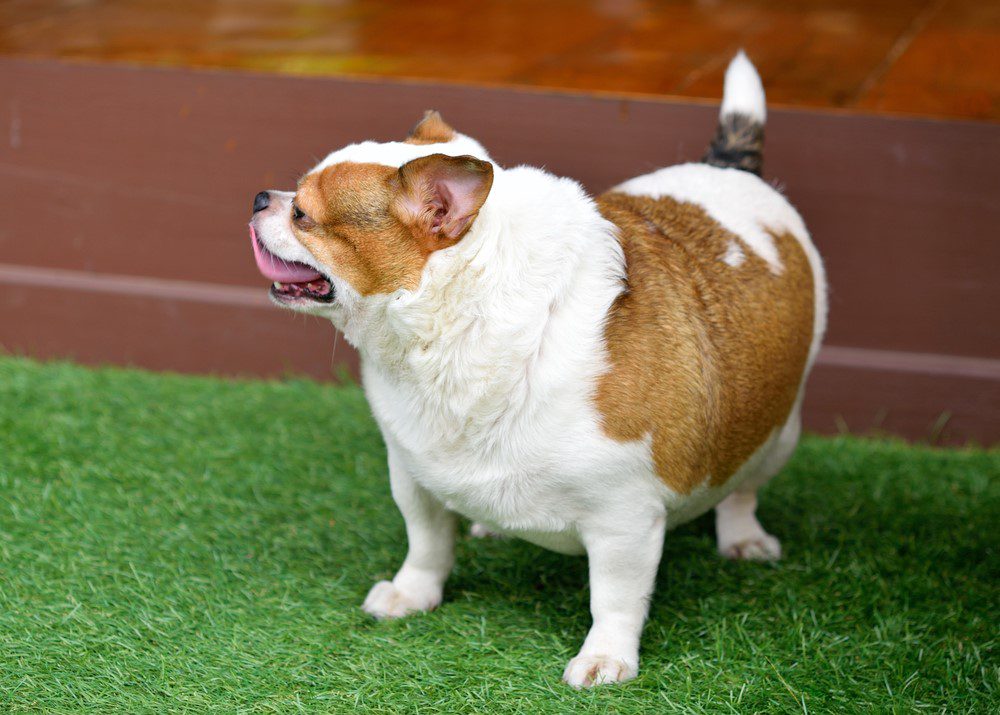
There are various reasons that may contribute to your Chihuahua being overweight, however the most common is over-feeding. But wait, you may be over-feeding your Chihuahua without even realizing it!
So How Much Should You Feed Your Chihuahua?
Dog food manufacturers are required by law to put the serving size on the bag or can of dog food that they sell. But, these are guidelines.
How do they figure out what the amount should be? They estimate the caloric content of the food and factor it against the average, medium-size dog’s “resting energy requirements” (RER). In other words, they calculate how many calories (serving size) an average medium-sized dog would require when just resting.
Other Factors To Consider
However, is that the right amount for your Chihuahua? You and I know that Chihuahuas come in many different sizes. A healthy adult Chihuahua’s ideal weight ranges from 2 – 10 lbs and a mix may weigh more than 10 lbs. Besides the differences in ideal weight, Chihuahuas also have different energy levels.
There are even more things to consider, however, for instance, Is your Chihuahua spayed or neutered? Then his or her resting energy requirements (RER) will be less. Is it cold where you live? In that case, your Chihuahua’s RER will be more. Highly active Chihuahuas need more calories. A 2 lbs Chihuahua will require more, not less per pound of body weight than a 10 lbs Chihuahua.
Your Chihuahua’s age is another factor to consider. An older Chi will require less than a younger Chihuahua. Another example, a puppy that weighs 3 lbs, for instance, will require more calories per serving than your adult Chihuahua that also weighs 3 lbs.
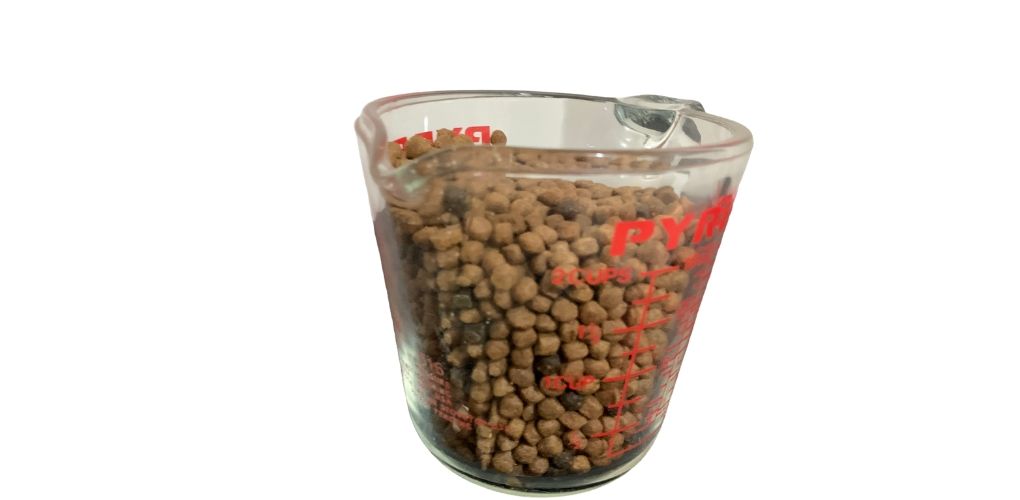
Measuring a serving size
- A half-cup of one food may not be the same as a half cup of other food. If the kibble is smaller in size there will be smaller spaces between the nuggets. This might result in giving your Chihuahua too little or too much for the same half cup of food.
- What do you use to measure? If you use a coffee cup or a plastic cup you may be giving your Chihuahua more or less than the “recommended” amount on the bag. An 8 oz coffee cup will not hold the same volume of liquid as dry kibble.
- Remember that a rounded cup will be much more calories than a level cup would have.
- It is better to weigh out the amount of food, however, even different bags of dog food vary in the number of calories per the same weight. In other words, 8 oz of one food might have 200 calories and 8 oz of another dog food may have 350 calories.
How To “calculate” The Right Amount of Food For Your Chihuahua
The good news is you don’t have to have a degree in mathematics! All you have to do is use your own two eyes!
Look straight down at your dog and compare his physique with the graphic below.
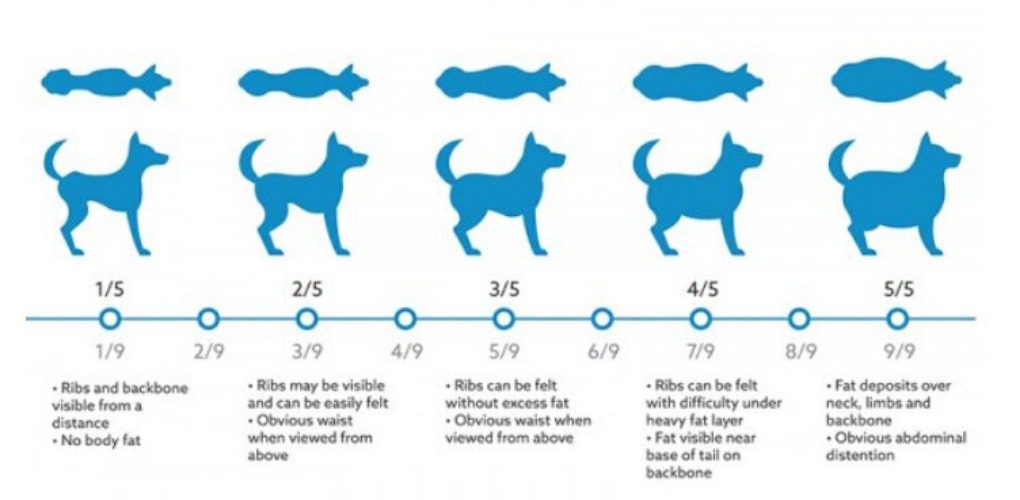
Determining Your Chihuahua’s Body Fat
Looking at your Chihuahua standing above him can you see a waist? He should have a kind-of hourglass shape — if yours is a long-haired Chi, you may have to feel — If he looks or feels about the same front to back with no indentation, like sausage then he is overweight. If looks or feels more like a lemon, then he is obese.
Feel your Chihuahua’s ribs. If you can barely feel the bones, your Chis is likely overweight. If your Chihuahua’s rib bones feel more like your knuckles, then he may be too thin. If you can feel the ribs but they are slightly padded — sort of like the back of your fingers when you make a loose fist — he is probably at an ideal weight for him.
If you determine that your Chihuahua is overweight or obese, reduce the amount of food you are feeding him. If at all possible, take him on walks or make sure he gets some type of physical exercise daily.
Checking your Chihuahua’s weight and body fat is something you should do often. In the summer months, for instance, your Chihuahua may run around in the yard more and therefore expend more energy than when he is laying around in the winter. In that case, you may need to increase his calories for a while.

If you are training your Chihuahua or giving him treats every day, be sure to factor them into his daily calorie intake.
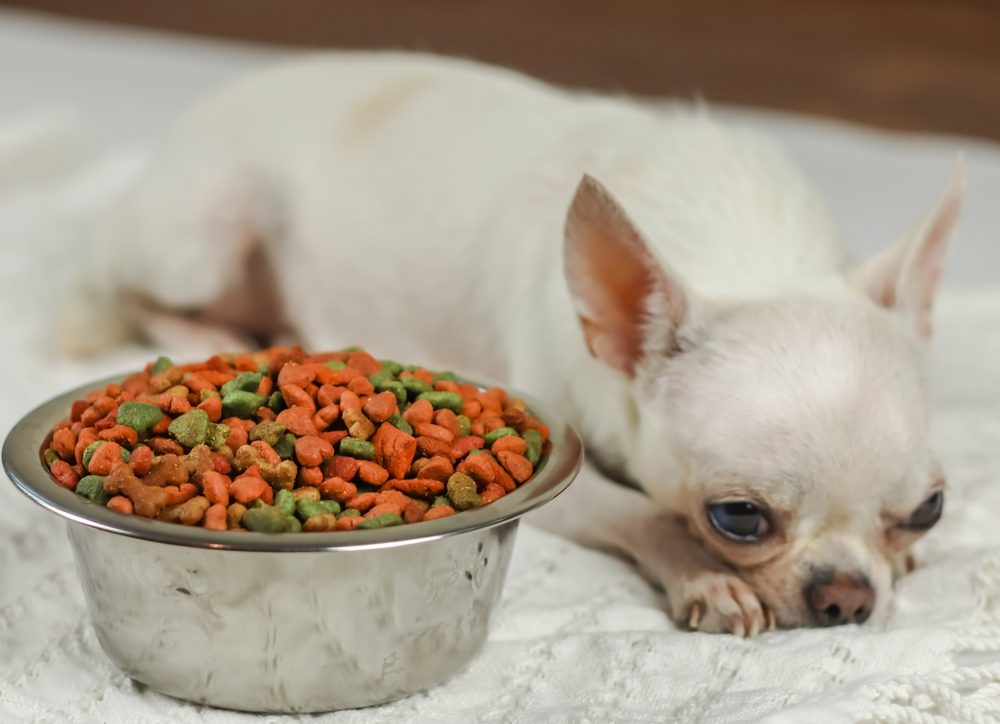
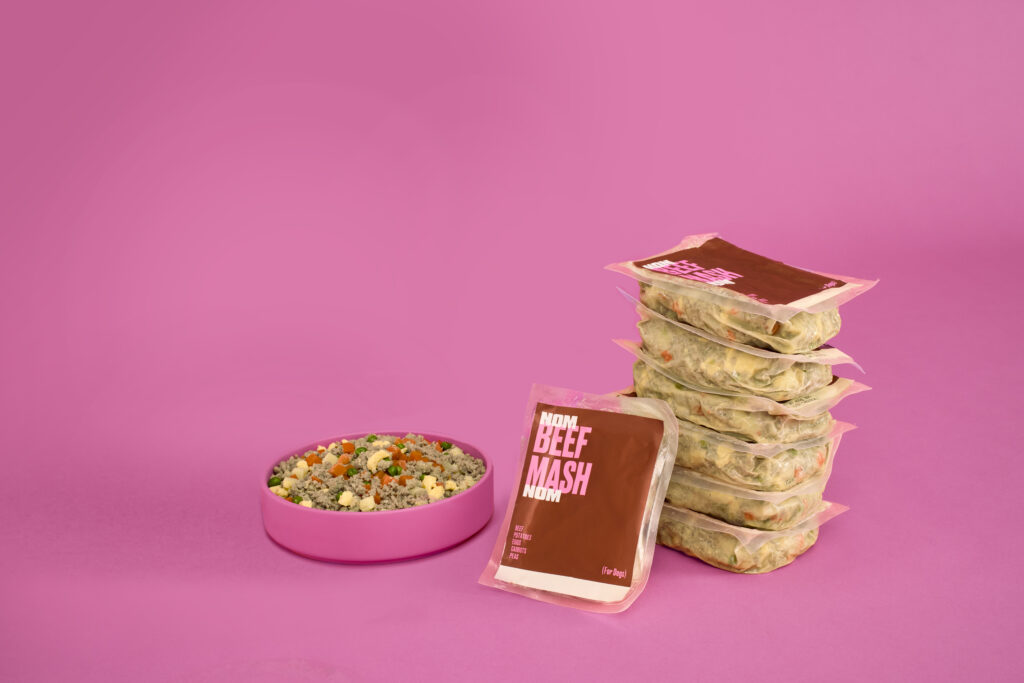

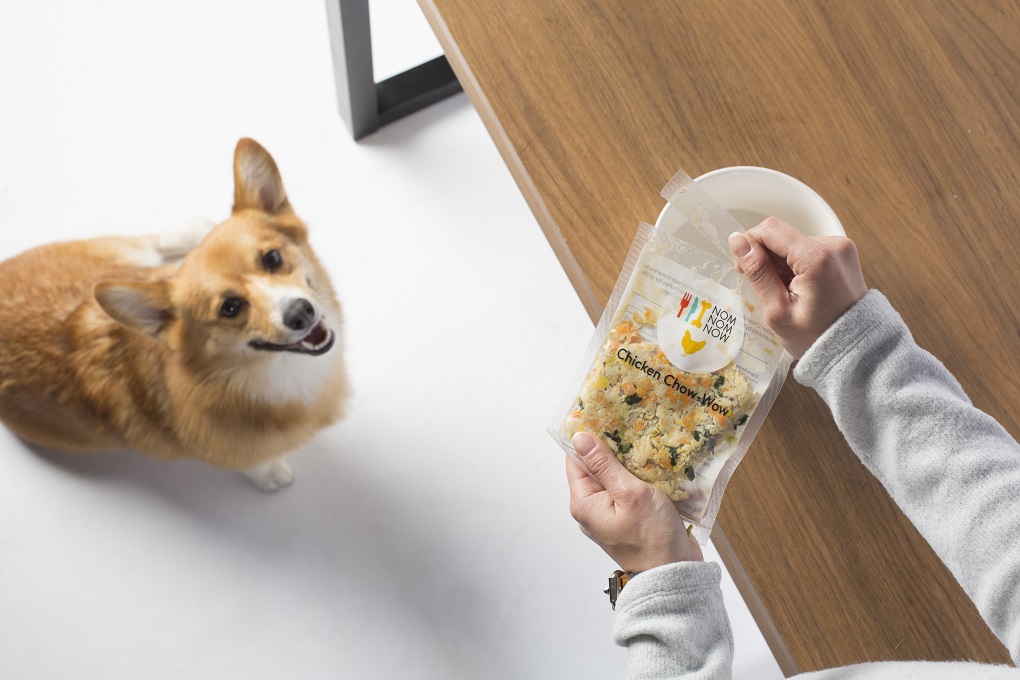
So did I miss something? How much do I feed a chichi that is a 4/5? Did I miss that?
This article explains the things you must consider when deciding how much to feed your Chihuahua. No one can tell you what the right amount is for YOUR Chihuahua. Things like age, energy level, reproductive status, etc. should be considered. Serving sizes are not one size fits all as on the bag of kibble. It is best to weigh their food with a kitchen scale rather than by measuring it in cups, 1/2 cup, etc.